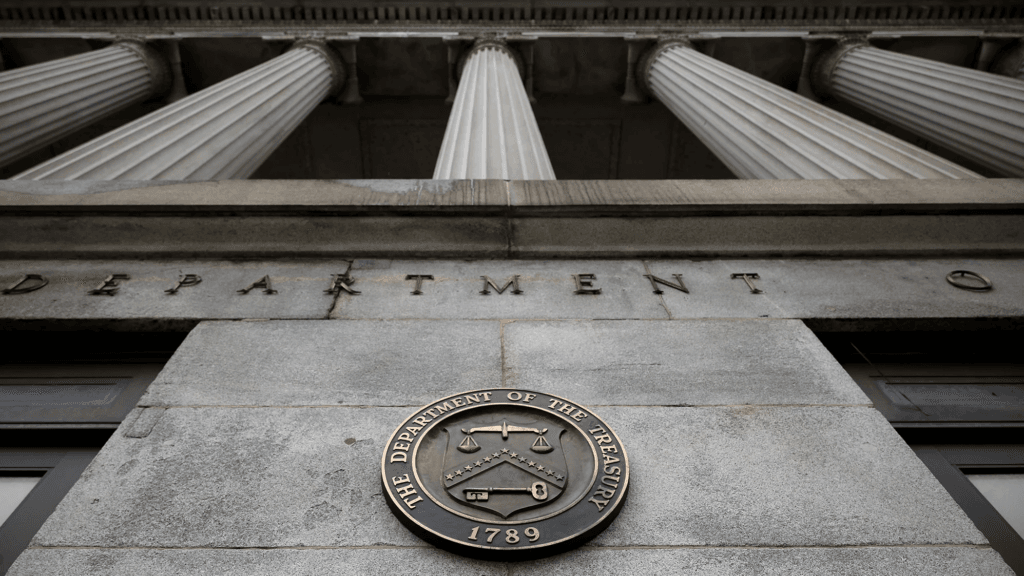Major Incident : It is a shocking revelation, which has reverberated from the cybersecurity to the governmental circles, showing that there are hackers supported by China who have compromised the United States Treasury Department’s workstations. The incident was termed a “major incident.” Recently, it was reported that the critical information exfiltrated had hit the public domain and online. Let us delve into this case further.
Major Incident:A Higher Level Cyber Attack Unveiled
It is said to have been one of the APT groups who had direct linkages with the government of China. It reportedly launched attacks upon the critical infrastructures operated within the Treasury Department, US. Through its initial report, it reveals the fact that such attackers use advanced techniques, zero-day exploits, and spear-phishing campaigns for countering various security measures with breach of unauthorized access.
The officials indicated that the hacking occurred this month, where an anomaly in network traffic resulted in an alert that broke into their systems, but thorough investigation later showed unauthorized logins and data transfer through hackers’ accounts that may have resulted from coordination or intent.
Scale of Breach
The scale of the breach is not so clear, but preliminary investigations indicate that sensitive financial information, internal communications, and policy documents were compromised in the attack. This also includes information critical to national economic stability and financial dealings internationally. The hackers reportedly uploaded the stolen data to a website, now under federal scrutiny and security experts’ analysis.
This has raised the stakes in terms of concern over how it might be misused: identity theft, financial frauds, and geopolitical leverage. “This breach is not just a national security concern but also a threat to global economic stability,” according to a senior cybersecurity analyst.

How the Hack Was Carried Out
The investigators believe hackers used a multi-pronged approach
1. Spear-Phishing Emails: The spear-phishing emails targeted the Treasury employees and contained malicious links or attachments that, upon opening, would download malware into internal systems, thereby giving the hackers access to it.
2. Zero-Day Exploits: The attackers were exploiting previously unknown vulnerabilities within the Treasury’s software. This helped them bypass traditional security defenses.
3. Lateral Movement: With the hackers now accessing the network, they had been able to carry out lateral movement as well as privilege elevation while gaining access to their high-value assets.
4. Data Exfiltration: The hackers exfiltrated sensitive information via their encrypted channels without raising too much of a panic noise as a result.
National Security Implications
The breach as of now is apparent in the fact that the nation-state actors are getting more and more sophisticated with cyber attacks. It raises a lot of very imperative questions regarding the effectiveness of present day safety mechanisms in the critical US government agencies.
Regarding the effect, a former national security advisor was of the belief, “The Treasury Department plays a very key role in the country’s financial system. So, any such compromise may not only reverberate across the domestic but may spread across globally.”
Cyber experts also opine that it may further deteriorate the currently already fragile US-China relations due to strained trade relation and technology tussle besides their territorial row.
US Government Response:
The Treasury Department, the federal agencies overseeing matters regarding cybersecurity, have agreed to undertake full-scale questioning to understand the breach that affected the department. “We are working closely with our interagency partners to assess the impact and mitigate risks associated with this incident,” a statement from the department confirmed the breach and informed that measures were in progress to contain the after-math.
CISA has directed the other government agencies and partners from the private sector with advisories on strengthening defense capabilities against follow-up attacks.
International Response
The floodgates of international attention opened wide, as most countries and even organizations condemned the attack. The truth is, China only denied involvement and called the allegations “groundless.” Meanwhile, cybersecurity experts present evidence associating the breach with Chinese APT groups known for their sophisticated and persistent cyber operations.
Prevention and Mitigation Strategies
This should be a wake-up call for the need for good cybersecurity. Experts advise on the measures needed in the following to avoid incidents like this in the future:
1. Improved Employee Training: Regular programs on how to detect phishing attacks and other social engineering should be conducted.
2. Zero-Trust Architecture: A zero trust model that considers every user and device as untrusted until verified should be implemented.
3. Patch management is regularly performed to address known vulnerabilities in software and systems.
4. AI and machine learning for real-time detection and response to anomalies.
What’s Next?
Accountability and prevention will increasingly become the center of emphasis for continuing their investigation of the breach. Congress will probably be forced to hold hearings that subjectively scrutinize the cybersecurity practice of the Treasury Department while probably examining legislative action that would further strengthen defense walls against future attacks.
This incident also raises interesting questions on the ethics as well as legality of exposing stolen data. Efforts are already underway to seek the shutdown of the leak website, but experts reveal that once data is unleashed online, it becomes harder to control.
Conclusion
One wake-up call for all governments and organisations worldwide is the penetration into the US Treasury Department’s system by hackers from China. As cyber threats are progressing, so is the urge for high-level anticipatory defense. This must, of course, be yet another case study used many times over while working on resilience in this ever-growing networked world.



One thought on “Major Incident: Cyber hackers from China Infiltrate US Treasury Computers and Post Data Online.”